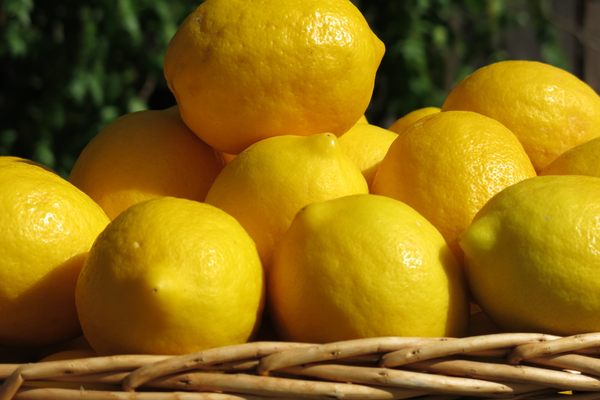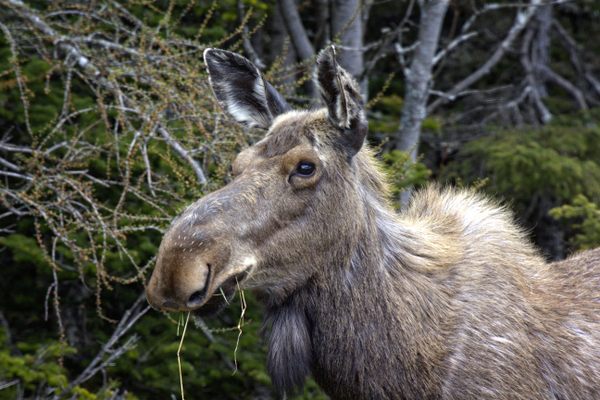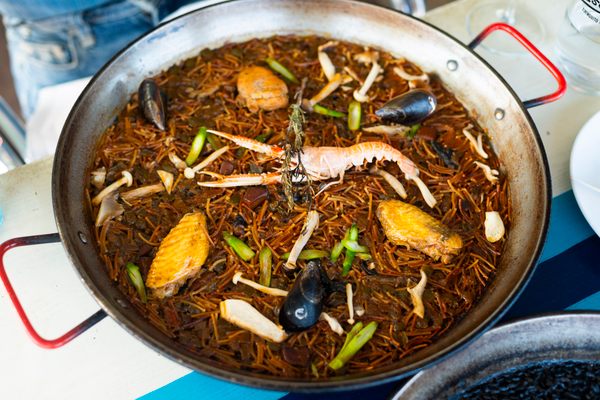Why Hunter-Gatherers Excel at Identifying Food Smells
Does your language have a word for “bloody smell that attracts tigers”?

What’s on the stove tonight? It smells like onions, or maybe shallots. Wait, it’s actually leeks.
If you’re not particularly well-versed in identifying food smells, you’re not the only one. While research has suggested that the human nose can detect about a trillion smells, describing and identifying them is a challenge. A 2001 study, for instance, found that a minority of participants could distinguish between everyday smells such as cumin and stale bread.
Biological anthropologists have suggested that our noses don’t always know because humans walk upright. Standing gave us better sight and the ability to reach the top shelf, but over time, we lost the discerning sense of smell that our dog-friends enjoy. The result is that our visual vocabulary exceeds our smell-descriptions.
But it isn’t true that all humans are bad at describing and identifying smells. Hunter-gatherers including the Jahai and Semaq Beri communities in the Malay Peninsula are extraordinarily adept at identifying odors—to the point where it’s as easy as naming a color, according to new research.
The Jahai language has many more highly-specific odor words than English, as previous findings have shown. These words—which range from a single word to describe a decaying vegetation smell to a specific bloody smell that attracts tigers—enable speakers’ incredible ability to identify smells.
But having the words handy is not enough. Hunter-gatherers’ amazing abilities seem linked to their lifestyle: It’s a matter of survival.
Researchers came to this conclusion by comparing two communities that speak related languages, the Semaq Beri and the Semelai, in a series of odor- and color-identifying tests. The Semaq Beri, who, like the Jahai, are hunter-gatherers, could name odors as easily as naming colors. But the Semelai, who are more horticulturalists than hunter-gatherers, fared much better in the researchers’ color-identifying tests than odor-recognizing ones.
Cultural differences likely played a role, too. As the study notes, the Semaq Beri speak more liberally about odors. By contrast, the Semelai avoid using odor-specific terms when in the forest, as it’s a taboo.
So if you’re a desk worker who is not inclined to sniff your coworkers and identify the scent of their deodorant, you may never smell like the Jahai or the Semaq Beri. But you’ll get closer to their level by developing a more detailed lexicon for identifying smells—just as master sommeliers, perfumers, and other rare experts do.
Gastro Obscura covers the world’s most wondrous food and drink.
Sign up for our regular newsletter.

























Follow us on Twitter to get the latest on the world's hidden wonders.
Like us on Facebook to get the latest on the world's hidden wonders.
Follow us on Twitter Like us on Facebook